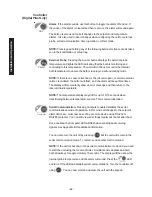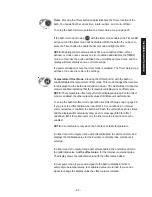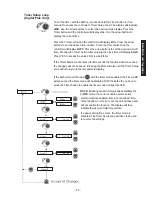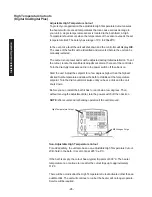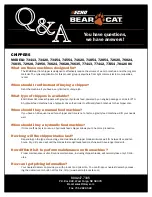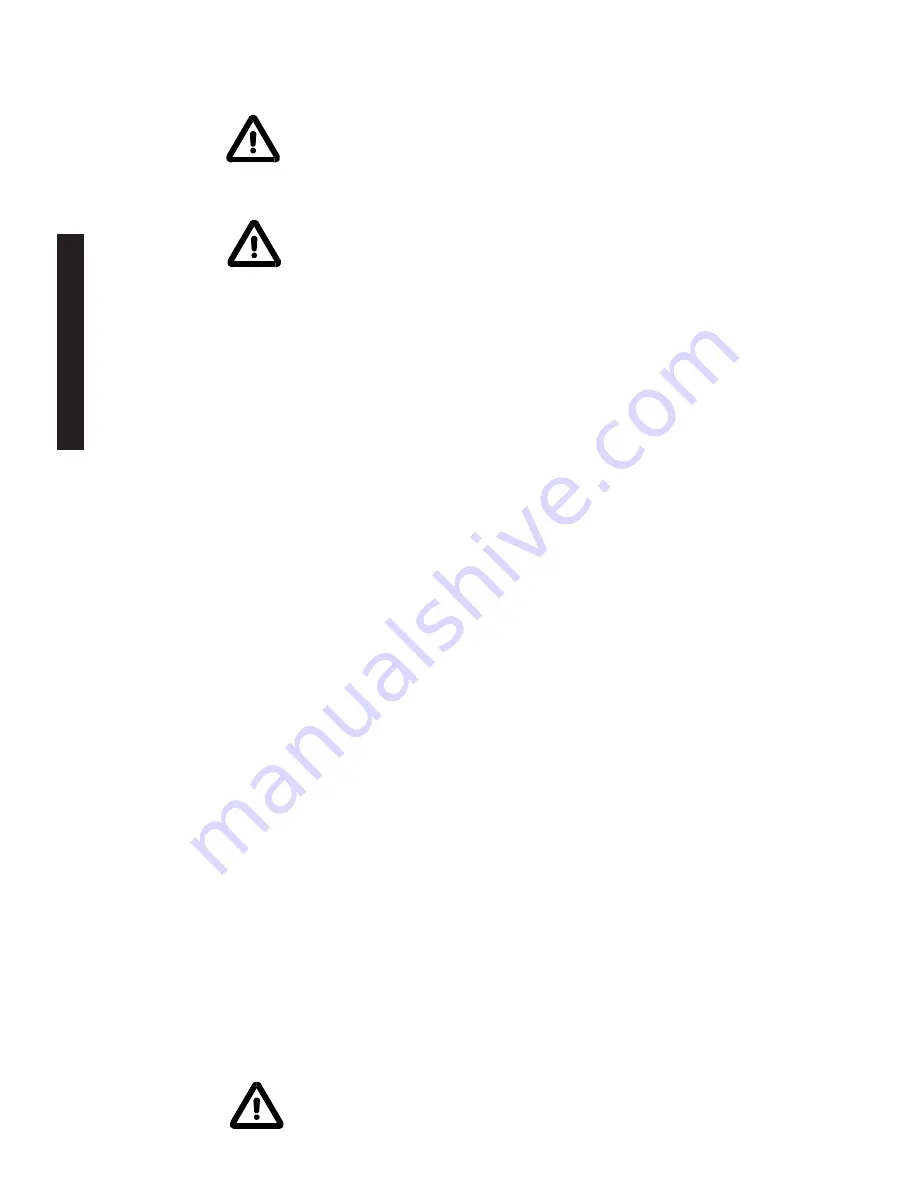
- 16 -
Installation
and
Operation
Fluids
The user is always responsible for the fluid used.
Never use flammable
or corrosive fluids with this unit. The use of chlorine or sodium
hypochlorite in the baths will cause pitting that could leave to failure of
the refrigeration system.
Handling and disposal of liquids other than water should be done in
accordance with the fluid manufacturers specification and/or the MSDS
for the fluid used.
For fluid selection consider application requirements, operating temperature
range, material compatibility, safety concerns, and environmental issues.
Wetted materials of bath include; 316 and 304 Stainless steels, Ryton
®
(PPS),
Teflon
®
(PTFE) and Ethlyene-Propylene rubber (EPDM)
.
Deionized (up to 18 Meg-ohm/cm) and distilled water are recommended to
control corrosion and algae bloom. See Water Quality Standards and Recom-
mendation in Appendix A.
Ethylene glycol, propylene glycol, silicone oil, and filtered water are acceptable
fluids.
NOTE:
Kinematic viscosity of the selected fluid should not exceed 50
centistokes at the lowest operating temperature.
Please call Thermo customer service to discuss high and low temperature fluid
selections. However, we will often refer you to chemical companies specializ-
ing in heat transfer fluids.
Filling
Requirements
Ensure the drain on the back of the unit is closed before filling the unit.
The bath work area has a high and low level marker to guide filling. The
markers are 1 inch horizontal slits located in the center of the stainless steel
baffle separating the work area and the pump assembly. The correct fluid
level falls between these two markers.
NOTE:
The unit is equipped with a reservoir level float switch. The switch
prevents the unit from starting if the fluid is below the lower slit.
When pumping to an external system, keep extra fluid on hand to maintain
the proper level in both the circulating lines and the external system.
Avoid overfilling, fluids expand when heated.





















